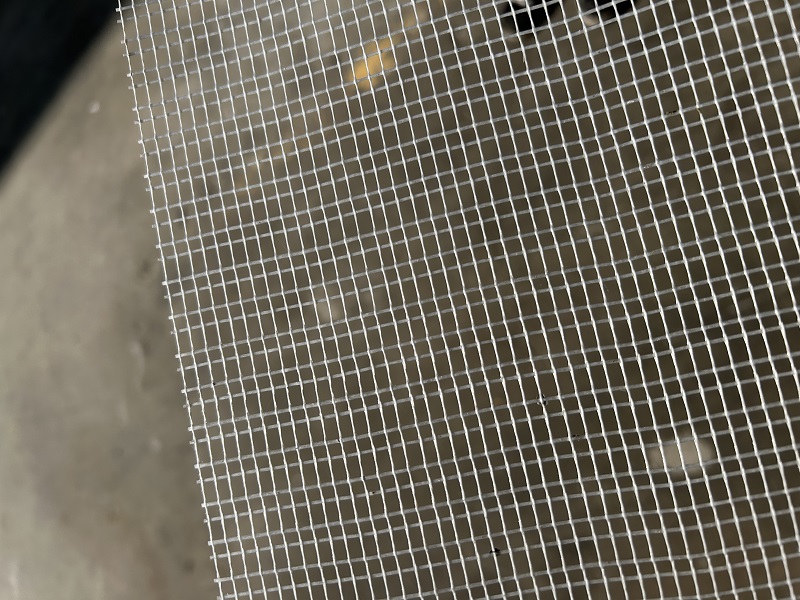I. Purpose
This criterion aims to stipulate the standards and procedures for quality testing of fiberglass mesh rolls products, ensure that fiberglass mesh rolls products meet relevant industry standards and customer requirements, provide quality control basis for fiberglass mesh rolls manufacturers, and provide consumers with reliable quality product guarantees.

II. Scope of application
This criterion applies to all types of fiberglass mesh rolls products produced and sold in the region, including but not limited to construction fiberglass mesh rolls, agricultural fiberglass mesh rolls, industrial fiberglass mesh rolls, etc.
III. Definition of terms
fiberglass mesh rolls: a flat material with a stucco fiberglass mesh structure made of synthetic fibers such as polypropylene and polyester.
IV. Technical requirements
① Raw material requirements: The raw materials used in the production of fiberglass mesh rolls should comply with national standards and industry specifications to ensure stable and reliable raw material quality.
② Appearance quality: The surface of the fiberglass mesh rolls should be flat and free of obvious defects, such as damage, stains, color difference, etc.; the stucco fiberglass mesh should be clear, uniform, and unblocked.
③ Physical properties: including tensile strength, elongation at break, tear strength, etc., should meet the requirements of national standards and industry specifications.
④ Durability: The fiberglass mesh rolls should have good weather resistance, corrosion resistance and aging resistance, and be able to adapt to use under different environmental conditions.
⑤ Environmental protection requirements: Pollutant emissions should be controlled during the production process of fiberglass mesh rolls, and the products should meet environmental protection requirements and should not contain substances harmful to the environment and human body.
⑥ Other special requirements: According to customer needs and product application areas, other special technical requirements may need to be met.
V. Testing items and methods
① Appearance inspection: Use visual inspection to conduct a comprehensive inspection of the surface of the fiberglass mesh rolls.
② Dimension measurement: Use measuring tools such as calipers to measure according to standard size requirements.
③ Weight detection: Use weighing equipment such as electronic scales to measure the unit area weight of the fiberglass mesh rolls.
④ Physical performance test: Use equipment such as tensile testing machines to conduct tests on tensile strength, elongation at break, tear strength, etc. in accordance with relevant standards. .
⑤ Durability test: According to the product use environment and conditions, design corresponding weather resistance, corrosion resistance, and aging resistance performance test plans.
⑥ Environmental protection testing: Entrust a qualified third-party testing agency to conduct environmental protection performance testing on fiberglass mesh rolls products.
VI. Testing cycle and records
① Factory inspection: Each batch of fiberglass mesh rolls products should be fully tested before leaving the factory, and a test report should be filled in.
② Regular sampling inspection: According to the production situation and customer feedback, the production line is regularly sampled to ensure stable product quality.
③ Customer complaint handling: For products complained by customers, returns should be handled in a timely manner, and the causes of the problems should be investigated and analyzed, and improvement measures should be taken.
④ Test record preservation: All test data and results should be recorded and archived in detail, and the preservation period should not be less than two years.
VII. Quality improvement and continuous improvement
① Data analysis: Regularly conduct statistical analysis of test data to find potential quality problems and room for improvement.
② Improvement measures: For problems found in the test, formulate corresponding quality improvement measures and track the implementation effect.
③ Technological innovation: Pay attention to the development trends of new technologies and new materials in the industry, actively introduce and apply advanced production technologies and management concepts, and continuously improve product quality and competitiveness.
④ Employee training: Strengthen employee quality awareness and skills training, and improve the quality management level of all employees.



